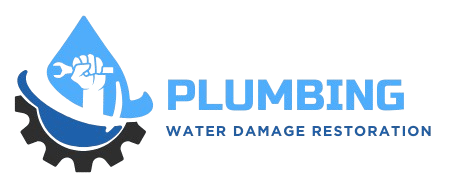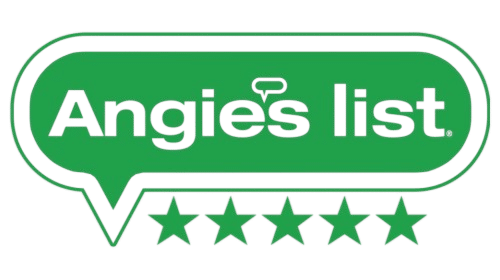In Berkley, your water supply can only be safe and clean if the plumbing system is well-protected from backflow. To be completely safe, you need to know about the types of backflow prevention devices and their specific functions. Backflow is the term used when water, under negative pressure, is sucked back into the system. It can happen for several reasons—sometimes when too much water is drawn from the system, like when fire hydrants are used, and sometimes because of changes in the water supply system itself. To keep this from contaminating the water supply, devices must be installed to negate the conditions that cause backflow. There are three main types of backflow prevention devices—Atmospheric Vacuum Breakers, Pressure Vacuum Breakers, and Reduced Pressure Zone Assemblies. Each has its own function and is used in different types of situations.
The simple and effective Atmospheric Vacuum Breakers are often used in residential irrigation to prevent backflow. They use an air inlet valve that opens when water pressure drops to keep potentially contaminated water from flowing back into the water supply. However, if your system is under constant pressure, as some commercial irrigation systems are, then a Vacuum Breaker can't be used. A slight step up in sophistication from that is the Pressure Vacuum Breaker. PVC, with some internal workings that allow it to maintain a bit of water and let some air in, if needed, makes for better protection against backflow. Since they're still easy to install and maintain, many of your neighbors here in Berkley might choose them.
Among the three assembly types, Reduced Pressure Zone Assemblies confer the highest level of protection in high-risk situations. These devices are typically employed in industrial or commercial settings where contamination could pose a significant public health risk, like facilities using hazardous materials. They serve a series of valves that, along with an air gap, ensure that any backflow is safely discharged and does not contaminate the main line. Because RPZs are complex systems, they must be tested frequently to ensure that they are working properly. That means that a qualified individual has to open up the unit and take a look within. They are also required by law to be under the supervision of a certified plumbing professional.










